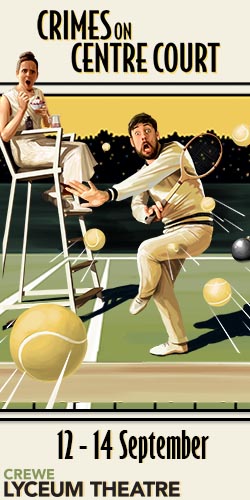
Nantwich Town suffered FA Cup heartache after being knocked out by Banbury’s last minute winner.
The Dabbers, with new signing David Vaughan in the squad, had taken a first half lead through James Lawrie on 20 minutes.
And cheered on by more than 440 supporters, Nantwich were good value for the lead against a very strong Banbury unit.
Sean Cooke and Shaun Miller in particular were causing the visitors’ defence all kinds of problems.
And they took the lead when Joe Mwasile’s deep cross was met by Lawrie who headed home from six yards out.
However, the visitors were a threat going forward and they forced Cameron Terry into two good saves as he denied Morgan Roberts.
And Banbury’s equaliser three minutes before the break had looked on the cards.
The Dabbers lost possession in their own box and the lively Roberts reacted to intercept and fire low and into the back of the net.
Nantwich regained the upper hand early in the second half with Mwasile and Cooke both testing the visitors’ keeper.
Banbury thought they had scored on 73 minutes with the ball in the net but the linesman flagged for offside.
On 78 minutes, Nantwich worked an opening but “Tommy” Montefiori blazed over from the left side of the box.
That miss would come back to haunt the hosts, as Sam Brown found space to fire in a winner on 89 minutes.
(Images courtesy of Jonathan White)



























Recent Comments